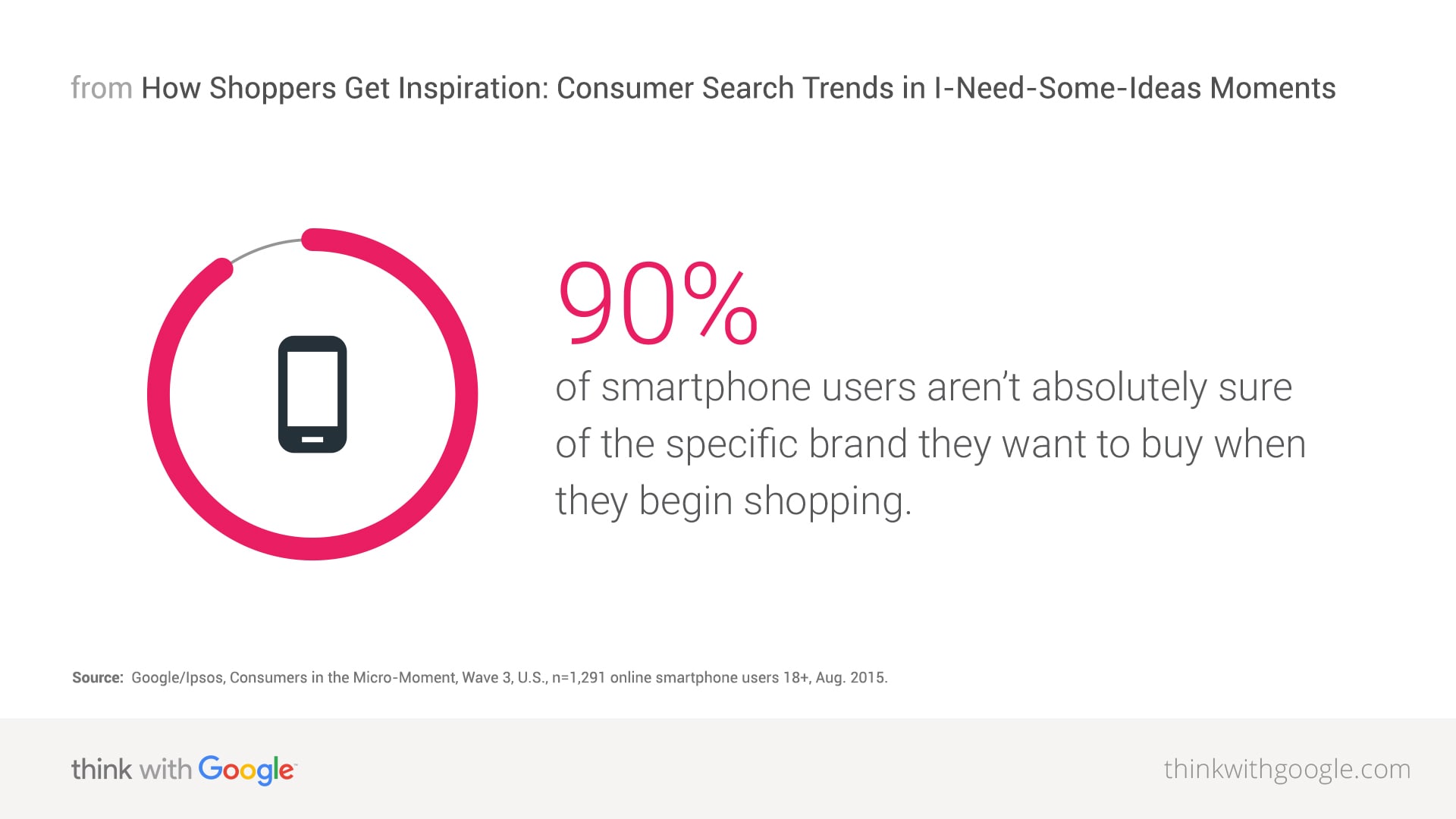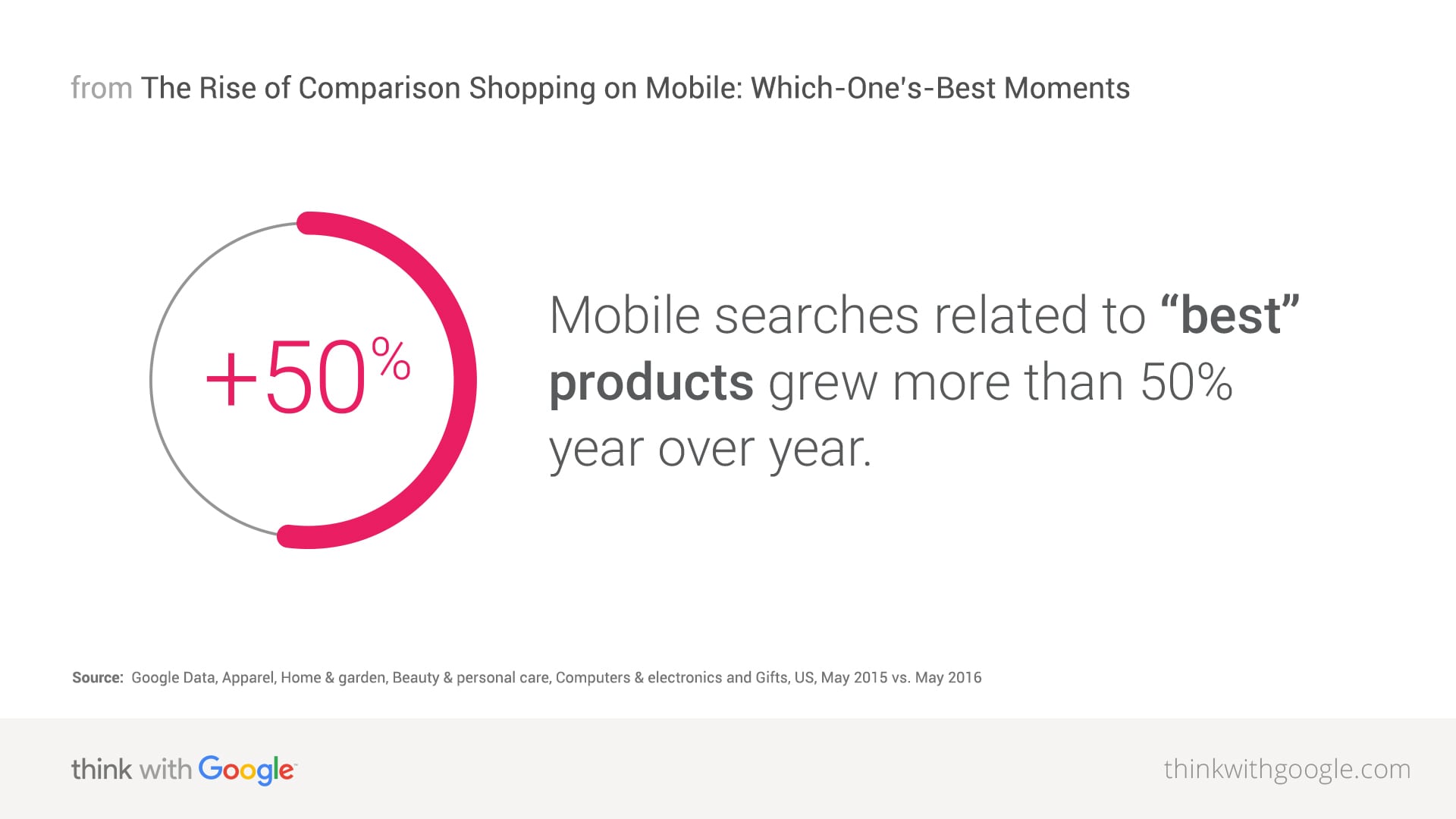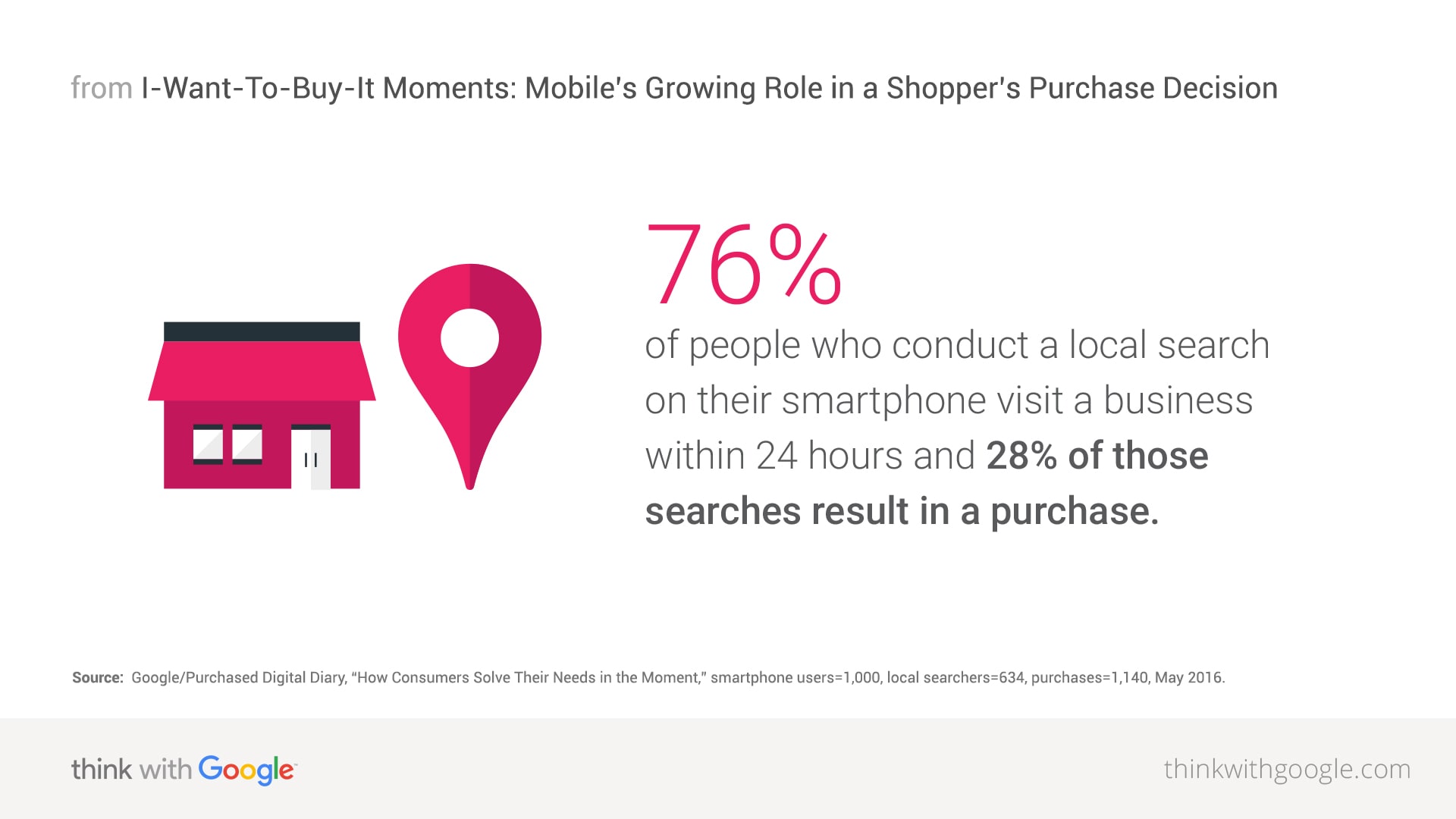
We often hear people talk about the future of retail like it is something that will happen at any point in the future. The truth is that the future of retail is already here. It is today. You can only adapt or become irrelevant.
The smartphone has changed customer behaviors, in the name of an omni-channel approach to shopping. Mobile technology is disrupting the retail industry, and we are facing the rise of mobile shopping. How do you respond to this evolution?
The mobile shift has has once again proved that people evolve faster than companies. How we communicate, share contents and make purchases has outpaced the renovation of commerce. While customers already think and act mobile, somehow companies still lack an overall view of the phenomenon.
Maybe this happens because there is a profound misunderstanding behind how the retail brands look at the mobile technology. They only see the threat, not the huge opportunities. They sigh and confess that the e-commerce is eroding their profit margins.
Brick-and-mortars usually blame the customers because they prefer to shop online rather than going to the physical store. They choose a cold transaction over the relationship with the store assistants.
This point of view does not take into account the fact that the real business differentiator today is not the price nor the variety of products. It is the customer experience that you offer online and offline. The ability to engage customers when and where it matters most will make all the difference.
Take a look at the following stats:
- In the past five years, foot traffic in retail stores has declined by 57% but the value of every visit has nearly tripled. You have to capitalize on every single in-store visit.
- ‘Near Me’ searches have doubled in the past year. Mobile drives local sales, as customers use the smartphones to gather ideas, research products, and then search for local places.
- Roughly 60% of customers start shopping on one device and continue or finish on a different one. Again, if you do not have an omni-channel approach, you might miss a critical touch point.
- 82% of smartphone users say they consult their phones on purchases they are about to make in a store. Having a physical identity doesn’t mean that you should not preside the online battlefield.
Shopping in the era of micro moments often starts when people have a need or desire to purchase a product. Once they feel this need, they begin thinking of ideas, a search that will lead them to online communities, social networks, video tutorials, company blogs. Only then they will evaluate the different options and eventually decide what (and where) to buy.
According to Google, these moments tend to fall into three categories:
I-NEED-SOME-IDEAS
Most purchases are not based solely on an impulse. They come after a phase of thinking and evaluation. In this micro moment, people are at the early stages of thinking. They have general awareness of the product category they are interested in, but they are looking for ideas and inspiration. Even more important, they are not brand-committed.

WHICH-ONE-IS-BEST
In the traditional marketing funnel, this would be the moment of consideration. Now that every customer has a smartphone in the pocket, comparison is much easier. We have all the information needed to make more informed decisions about what to buy. People compare prices, brands and reviews; digital touch points that retailers must preside carefully.

I-WANT-TO-BUY-IT
When this moment comes, all the research is done and it is time for customers to make their final decision. What will they buy? Where? Whether customers use the smartphone to buy or to simply research, you must provide a seamless mobile experience. This is your only chance to convince them and close the circle of shopping (that is not really closed, though, as it moves on to loyalty and retention).

Once again we need to thank Think With Google for pointing out the importance of the Micro Moments, intent-driven moments when people rely on their smartphones or other devices to know, go, do, or buy something.
In these moments you have to be there and be useful, to win their trust and loyalty.
‘Be there’ means that you must “identify the most important micro moments and commit to being there, whenever and wherever a shopper is searching, especially on mobile.”
‘Be useful’ means that you must provide valuable contents when your customers need them, on any channel (social media, point of sale, advertising, blog, social commerce).
This is the critical point, the one that you have to bear in mind whenever you are developing a business strategy for the era of mobile shopping:
“It's less important for a shopper to be present in-store than for the store to be present wherever and whenever a shopper needs them. You've got to figure out new ways to show up with helpful information when those moments occur, whether it's 2 p.m. or 2 a.m.”
There can’t be any memorable retail customer experience if you do not recognize the complexity of the digital customer journey.
If you need more food for thought, you can also download The Mobile Engagement Playbook, a collection of relevant insights that'll help you to overcome the challenges of the digital transformation and grow your business exponentially.



 Your magnifing glass to deeply understand your users and increase the value of each relatonship.
Your magnifing glass to deeply understand your users and increase the value of each relatonship. Listen to the voice of your customers deeply to understand what they truly want.
Listen to the voice of your customers deeply to understand what they truly want. The Lead Generation Platform to get leads from anonymous traffic on your website.
The Lead Generation Platform to get leads from anonymous traffic on your website.  Understand the behavior of people in physical spaces and monitor safety requirements.
Understand the behavior of people in physical spaces and monitor safety requirements. The Digital Commerce Platform designed to follow the most modern technological standards..
The Digital Commerce Platform designed to follow the most modern technological standards.. The XReality platform to tell brand and product stories by connecting physical and digital worlds.
The XReality platform to tell brand and product stories by connecting physical and digital worlds. Points, rewards, levels, badges, missions: a world of nudges to nurture your customer community.
Points, rewards, levels, badges, missions: a world of nudges to nurture your customer community. Discover all the other solutions!
Discover all the other solutions!









